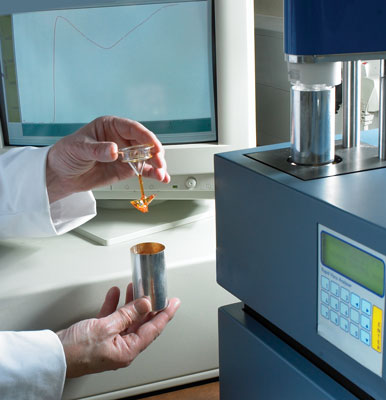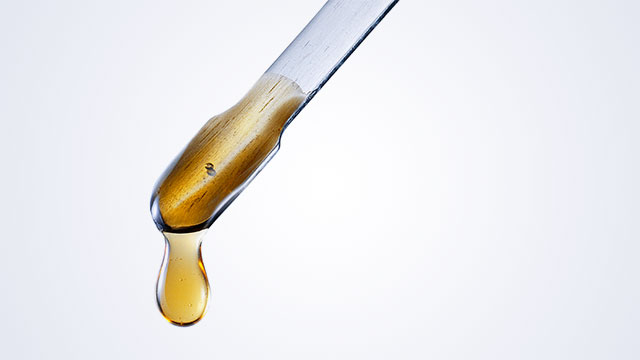

It is therefore important that the difference between the two types of viscosities be understood and the appropriate test selected for the given sample.The viscous properties of a liquid or amorphous solid are primarily determined by inter-particle forces within the solution, including friction and attraction between molecules in the macrostructure. Dynamic and kinematic viscosities describe different properties and can produce very different results when testing fluids. Viscosity is an important fluid property that is essential for a number of different products in various industries. This method is more popular in the food industry and is typically used to measure the viscosity of products such as ketchup and mayonnaise. The consistometer itself does not measure viscosity values directly – it instead allows users to develop their own standards specific to the products being tested. The distance that the liquid flows in a specific time is measured via gradations of the apparatus. Next, the gate is lifted, allowing the sample to flow freely under its own weight. The sample to be tested is first placed behind the spring-loaded gate.

The average time of three tests is recorded and used in a conversion formula to determine the viscosity of the sample.Ī consistometer is an apparatus that is comprised of a metal trough with a small section barred behind a spring-loaded gate. The tube is usually mounted on an apparatus that can quickly rotate 180 degrees to allow repeat testing. The concept involves measuring the time it takes for a sphere of known density to fall through a sample-filled tube under gravity. The falling sphere viscometer is used to determine the dynamic viscosity of a transparent Newtonian fluid. The time it takes for the fluid to flow past these marks is proportional to the kinematic viscosity hence the value of viscosity can be determined using standard formulas. The tube usually has two marks (an upper and lower mark) that are used as a measurement reference. This method measures the time taken for a defined volume of fluid to flow through a U-shaped capillary tube of known diameter and length. The capillary viscometer is one of the earliest known methods to determine fluid viscosity. Because an external shear force is being applied to the liquid, rotational viscometers measure a fluid’s dynamic viscosity. The torque maintaining the set speed is directly proportional to the viscosity therefore, the apparatus is capable of outputting values of viscosity, shear stress and shear rate. The torque required to rotate a disk or bob at a predetermined speed is measured and recorded.

Rotational viscometers work by measuring the torque required to rotate an object in the test fluid. Measuring the frequency of the resonator with respect to varying phase angles.Measuring the time decay of the oscillation after vibration is switched off, or.Recording the power input required to keep the apparatus vibrating at a constant amplitude.The resonator generally oscillates either torsionally or transversely and the damping may be determined by: Vibrational viscometers operate by immersing an oscillating electromechanical resonator in the test fluid and measuring the degree of damping offered by the fluid. Some of the most commonly used cups are the Ford and Zahn cups. The time it takes for the fluid to pass through the opening is measured and correlated to viscosity through the use of charts supplied for the given cup. The fluid is allowed to flow through the opening in a precise amount. This relatively simple test involves placing the fluid in a container with a small opening at the bottom. Viscosity cups are used to determine a fluid’s kinematic viscosity. Some of the most common methods are as follows: There are several different methods to measure both dynamic and kinematic viscosity. Where the viscosity value in Stoke is too large, the smaller unit centistoke (cSt) is often used, where:ġ cSt (centiStoke) = 10 -6 m 2/s = 1 mm 2/s How Is Viscosity Measured? Another unit of measurement for this property is Stoke (St), where: The SI unit for dynamic viscosity is m 2/s. Μ = absolute or dynamic viscosity (N s/m 2) Mathematically, kinematic viscosity can be expressed as: This viscosity is especially useful in describing Newtonian fluids. It reflects a fluid’s resistance to shear flow under the influence of gravity, i.e., the applied force is the fluid’s self-weight. Kinematic viscosity is simply the ratio of the dynamic viscosity to the density of the fluid. The poise unit can sometimes be too large for practical purposes, therefore, the unit centipoise (cP) is often used, where:ġcP = 0.01P, 0.001 N s/m 2 or 0.001 Pa.s Kinematic Viscosity Another unit of measurement for dynamic viscosity is poise (p), where: The SI unit for dynamic viscosity is N s/m 2 or Pa.s.


 0 kommentar(er)
0 kommentar(er)
